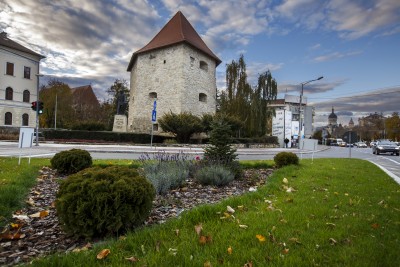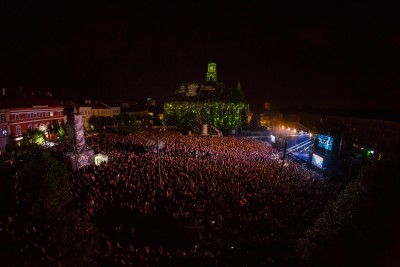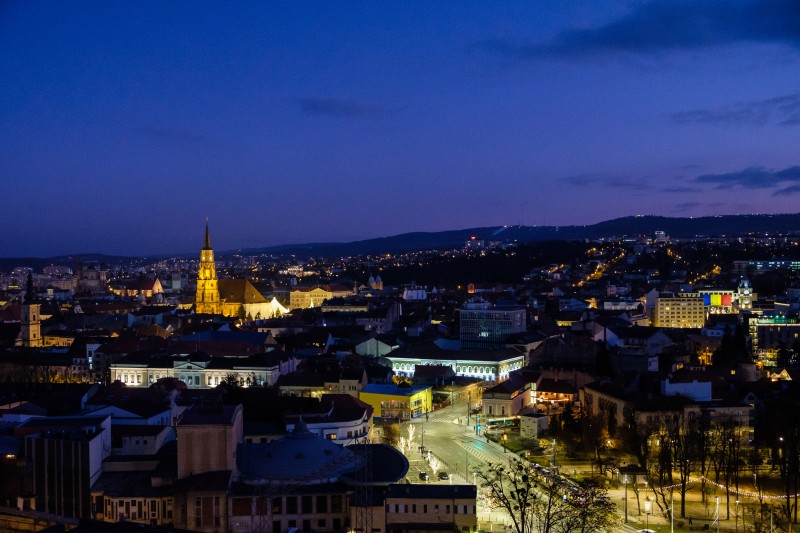Abstract: Cluj-Napoca
In the historical region of Transylvania, in a picturesque area, the City of Cluj-Napoca quietly awaits to be discovered. Once you descend into the city and feel its vibe, you’ll be forever charmed. The essence of Cluj lies in its people, who created a dynamic and multicultural society where you’ll easily blend once you get to feel the city. If you take a moment to connect with Cluj-Napoca, you’ll see for yourself why it is called the Heart of Transylvania.

Cluj-Napoca, ”the heart of Transylvania” is the economic capital of the region, the second most important city in Romania, an academic city with a dynamic and unique cultural environment. Cluj's diverse community and ambitious goals for further development make it a real magnet for thousands of visitors every year.
Named Europe's "friendliest city", open and inclusive, you can visit Cluj-Napoca City for many reasons: its rich history, top level business events, remarkable medical field and nonetheless, the festivals!

The beginning
The first official record of the settlement dates back as far as ancient history, when the Greek geographer Claudius Ptolomaeus identified it as the capital of the former Dacia Porolissensis. During emperor Hadrian’s reign, the city has been granted the status of municipality under the name of Municipium Aelium Hadrianum Napoca. After the Roman Empire withdrew from these lands, the city regressed during the barbarian invasion.
However, the middle ages found the city flourishing economically and culturally, all these factors contributing to the city being called a “city of treasure”, a distinction so rare during those days. In 1173, the city was recorded as Clus (the city between hills), also known as Kolozsvar (Hungarian) and Klausenburg (German). Cluj has always been a privileged city, being given the status of free city by Carol Robert de Anjou and later, during the reign of Sigismund of Luxemburg, given the privilege of building fortifications. Mathias Corvinus, a Cluj born king, has been a patron of the city during his reign. There are records dating back to the 15th century which prove the existence of at least 18 towers, specific to the guilds that have built them.
Between 1713 and 1716, the Austrian Empire built a garrison on the Cetățuiei hill, while their influence contributed greatly to the already rich culture of the city. Cluj has played an important role in the process of defining the Romanian nation, culminating with the unification of Transylvania with the Romanian principalities. Since 1974, the city has been known as Cluj-Napoca.

The legacy continues
Nowadays, Cluj-Napoca is regarded as the cultural and economic capital of Transylvania, a city rich in history and culture, where the local identity harmoniously blends with European values. Cluj-Napoca bolsters a strong academic heritage, which sustains a creative, dynamic and vibrant community, where cooperation is a key factor towards sustainable local development.
An innovative approach stitched together with affinity towards IT and technology transformed our city into one of Romania's leading IT & innovation hubs, where people from all over the world are building towards a smart and collaborative community.

